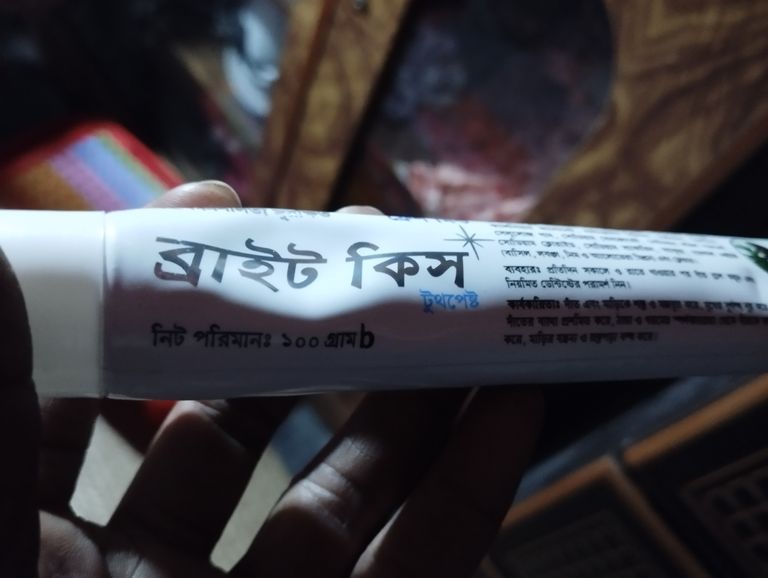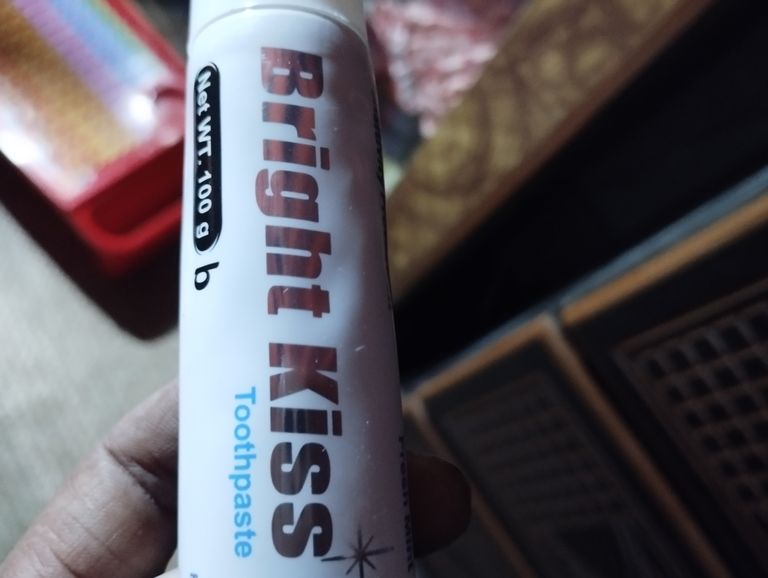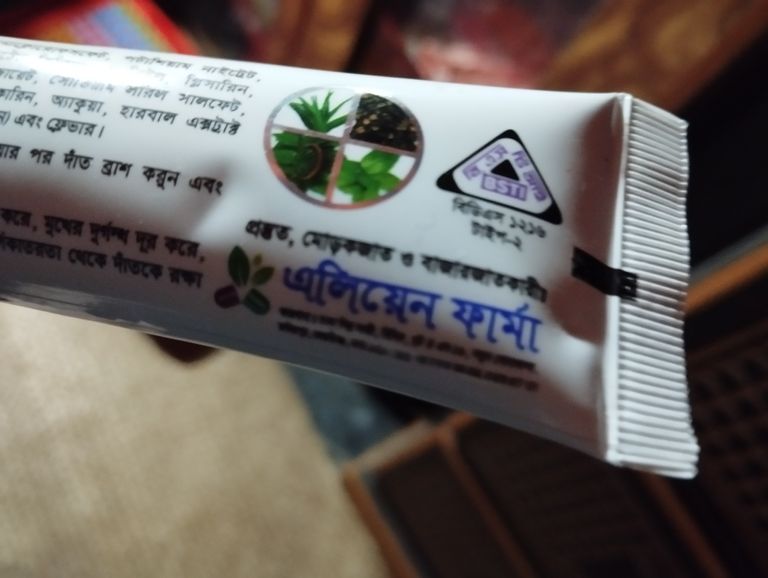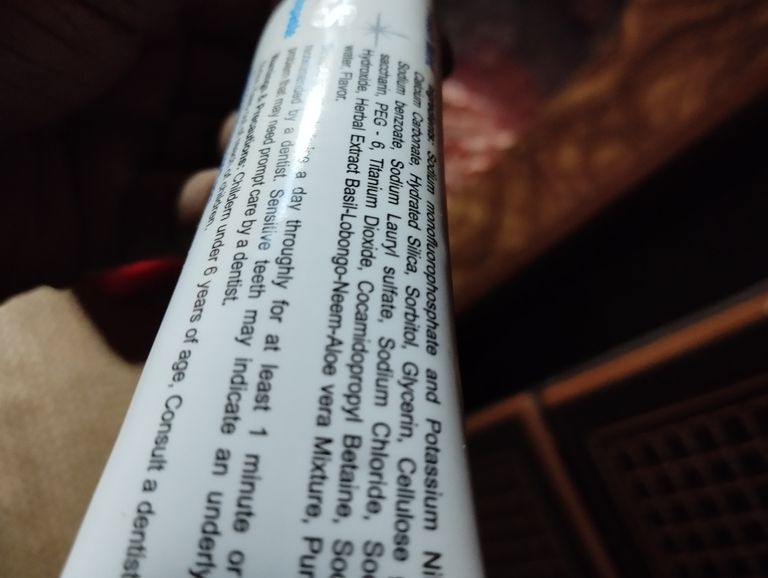
What is Blight and What Ingredients Are Used to Make It?
Blight is a common plant disease caused by various fungi, bacteria, or environmental conditions. It affects crops, vegetables, and trees, leading to severe agricultural losses. Blight can spread quickly, destroying leaves, stems, and fruits. To prevent or treat blight, different chemical and organic solutions are used. In this blog, we will explore what blight is, its causes, and the ingredients used in blight-control products.
What is Blight?
Blight is a plant disease that causes rapid yellowing, browning, and wilting of leaves, stems, and fruits. It weakens plants, reduces crop yields, and can wipe out entire fields if not controlled. Blight is categorized into different types, depending on the pathogen causing it. Some common types include:
- Late Blight (Phytophthora infestans) – A fungal disease that affects potatoes and tomatoes.
- Early Blight (Alternaria solani) – Affects tomatoes, potatoes, and other vegetables.
- Fire Blight (Erwinia amylovora) – A bacterial disease affecting apples and pears.
- Leaf Blight (various fungi and bacteria) – Affects rice, wheat, corn, and other crops.
Ingredients Used in Blight Control Products
To prevent and treat blight, different chemical and organic products are used. These products contain active ingredients that kill or inhibit the growth of blight-causing pathogens.
- Chemical Ingredients in Blight Control
Chemical fungicides and bactericides are widely used to control blight. Some of the common active ingredients include:
Copper-based compounds (Copper Sulfate, Copper Hydroxide) – Used to kill fungi and bacteria in organic and conventional farming.
Chlorothalonil – A broad-spectrum fungicide effective against early and late blight.
Mancozeb – A popular fungicide used to control various blight diseases.
Metalaxyl – Used in combination with other fungicides to fight late blight.
Propamocarb – Prevents fungal growth and protects crops from infection.
Triazole-based fungicides (Tebuconazole, Difenoconazole) – Helps control blight by disrupting fungal growth.
- Organic Ingredients in Blight Prevention
Many farmers prefer organic methods to control blight. Natural ingredients used in organic blight control include:
Neem Oil – Has antifungal properties that help prevent blight.
Baking Soda (Sodium Bicarbonate) – Creates an alkaline environment that stops fungal growth.
Garlic Extract – Contains natural antibacterial and antifungal compounds.
Sulfur-based Products – Prevents fungal spores from developing.
Compost Tea – Contains beneficial microbes that fight blight pathogens.
Milk Spray – Proteins in milk help reduce fungal infections on plants.
How to Prevent and Control Blight?
Blight can be controlled with proper farming practices and the right treatments. Here are some effective methods:
- Crop Rotation
Avoid planting the same crop in the same field every season to reduce the chances of blight buildup.
- Proper Spacing and Airflow
Plant crops with enough space between them to allow good air circulation, reducing humidity levels that promote blight.
- Use Resistant Varieties
Choose plant varieties that are resistant to blight to reduce the risk of infection.
- Remove Infected Plants
If you notice blight-infected plants, remove and destroy them to prevent the disease from spreading.
- Apply Fungicides or Organic Sprays
Use chemical or organic treatments at the right time to prevent blight from spreading.
- Maintain Healthy Soil
Healthy soil with good nutrients and beneficial microbes can help protect plants from diseases.
Blight is a serious problem that affects many crops, but it can be controlled with the right ingredients and farming practices. Chemical fungicides like copper sulfate, mancozeb, and chlorothalonil are effective, while organic solutions like neem oil, baking soda, and compost tea provide natural alternatives. By following good agricultural practices and using the right treatments, farmers can protect their crops from blight and ensure a healthy harvest. If you are a farmer or a gardener, share your experience with blight in the comments below! What methods have worked best for you?
It appears there might be some confusion regarding the product name "Blight Kiss Toothpaste." Based on available information, there isn't a toothpaste by that exact name. However, there are products with similar names that you might be referring to. Here are a few notable ones:
- Kiss My Face Whitening Cool Mint Gel Fluoride-Free Toothpaste
Kiss My Face offers a Whitening Cool Mint Gel Toothpaste that is fluoride-free. This toothpaste is designed to whiten teeth, remove plaque, and provide a refreshing mint flavor. It's vegan, cruelty-free, and free from fluoride, triclosan, and SLS. Key ingredients include tea tree oil, aloe vera, Iceland moss, and peppermint.
- Blend-a-med 3D White Extreme Mint Kiss Toothpaste
Blend-a-med's 3D White Extreme Mint Kiss Toothpaste aims to gently cleanse the oral cavity, effectively whiten teeth, and provide long-lasting breath freshness. It's formulated to prevent tooth decay and offers a radiant white smile with a refreshing mint flavor.
- White Kiss Whitening Toothpaste
White Kiss Whitening Toothpaste is another product that focuses on teeth whitening. While specific details are limited, it's available in a 50ml size and is designed to enhance the whiteness of your teeth. If you could provide more specific details or clarify the product you're referring to, I'd be happy to offer more targeted information.

Benefits of Brushing Teeth with Clove (Blight)
Oral health is an essential part of our overall well-being. While modern toothpaste and mouthwashes are widely available, natural remedies have been used for centuries to maintain strong and healthy teeth. One such powerful natural ingredient is clove (also known as "blight" in some regions). Cloves have been a part of traditional medicine for generations, and their benefits for dental health are remarkable.
In this blog, we will explore the various advantages of brushing your teeth with clove and how it can help maintain a healthy and bright smile.
- Natural Antibacterial Properties
Cloves contain a compound called eugenol, which has strong antibacterial and antimicrobial properties. When used for brushing, clove can help eliminate harmful bacteria in the mouth, reducing the risk of cavities, plaque buildup, and gum infections. Unlike some chemical-based toothpaste, clove offers a natural way to maintain oral hygiene.
- Relieves Toothache and Gum Pain
One of the most well-known benefits of clove is its ability to relieve toothache and gum pain. Eugenol acts as a natural anesthetic, numbing the pain and providing relief from discomfort caused by cavities, sensitivity, or gum infections. Brushing with clove powder or clove-infused toothpaste can help soothe aching teeth and gums effectively.
- Prevents Bad Breath (Halitosis)
Bad breath, also known as halitosis, is a common issue caused by bacterial growth in the mouth. Clove has a refreshing and strong aroma that not only masks bad breath but also fights the bacteria responsible for it. Regular use of clove for brushing or mouth rinsing can help keep your breath fresh throughout the day.
- Strengthens Teeth and Gums
Clove is rich in calcium and phosphorus, essential minerals that help strengthen tooth enamel and prevent decay. Brushing with clove powder or clove-infused paste can make teeth more resistant to cavities and damage. Additionally, cloves promote gum health, reducing the chances of gum recession and inflammation.
- Fights Plaque and Tartar Buildup
Plaque and tartar accumulation can lead to severe dental issues such as cavities and gum disease. Clove’s antibacterial properties help reduce plaque formation, preventing the hardening of tartar on the teeth. Regular brushing with clove can significantly improve oral hygiene and keep your teeth clean and white.
- Helps in Treating Oral Infections
Clove has been used in Ayurvedic and traditional medicine to treat oral infections, ulcers, and gum diseases. Its antimicrobial properties help kill harmful microbes in the mouth, reducing the risk of infections like gingivitis and periodontitis. Using clove in your oral care routine can speed up healing and prevent further complications.
- Acts as a Natural Teeth Whitener
Many people spend money on expensive teeth whitening treatments, but natural remedies like clove can be just as effective. Clove powder, when mixed with a small amount of baking soda, can help remove surface stains from teeth and give them a naturally brighter appearance.
How to Use Clove for Brushing Teeth
There are several ways to incorporate clove into your dental care routine:
- Clove Powder: Crush dried cloves into a fine powder and use it as a natural toothpaste. You can mix it with a little water or coconut oil for better results.
- Clove Oil: Add a drop of clove oil to your toothbrush or mix it with toothpaste before brushing.
- Homemade Clove Toothpaste: Mix clove powder with baking soda and coconut oil to make a natural toothpaste for daily use.
- Clove Mouthwash: Boil cloves in water, let it cool, and use it as a natural mouth rinse to fight bacteria and bad breath.
Precautions and Considerations
While clove is highly beneficial, excessive use may cause irritation or sensitivity. Here are a few precautions to keep in mind:
Avoid using too much clove oil directly on the gums, as it is potent and may cause a burning sensation.
If you have sensitive teeth, start with a mild concentration and observe how your mouth reacts.
Always consult a dentist if you experience persistent dental issues or severe pain.
Brushing teeth with clove is a powerful, natural, and cost-effective way to maintain oral hygiene. Its antibacterial properties, pain-relieving effects, and ability to prevent cavities make it an excellent addition to your dental care routine. Whether used as a powder, oil, or homemade toothpaste, clove can significantly improve oral health while keeping your breath fresh and teeth strong. Try incorporating clove into your daily routine and experience its amazing benefits for yourself.

Blight Kiss Color: Understanding Its Meaning and Impact
Blight is a term commonly associated with plant diseases, decay, and destruction. When combined with the word "kiss," it creates an intriguing and poetic phrase—"Blight Kiss Color." But what does it truly mean? Is it a metaphor, a visual aesthetic, or something deeper? In this blog, we will explore the meaning of "Blight Kiss Color," its potential interpretations, and how it can be applied in art, literature, and everyday life.
- Understanding "Blight" and "Kiss"
To grasp the meaning of "Blight Kiss Color," we must first break down its components:
Blight – A term often used in botany and agriculture to describe a disease that causes plants to wither and decay. It symbolizes destruction, decay, and sometimes, sorrow.
Kiss – A gentle act of love, affection, or influence. Metaphorically, it can mean a subtle touch or an effect left behind by something.
Color – Represents emotions, mood, and aesthetics. Colors can convey joy, sorrow, mystery, or decay, depending on their shade and context.
Thus, "Blight Kiss Color" could symbolize a color touched by decay or a shade influenced by destruction and sorrow.
- Possible Interpretations of "Blight Kiss Color"
A. In Nature and Botany
In plant life, blight often causes discoloration—turning leaves from vibrant green to sickly yellow, brown, or even black. "Blight Kiss Color" might refer to the faded or dying colors seen in plants affected by disease. These colors are often hauntingly beautiful, with deep contrasts between life and decay.
B. In Art and Aesthetics
Artists may use "Blight Kiss Color" to describe a palette that evokes sadness, age, or mystery. Think of faded ochres, muted greens, deep purples, and burnt oranges—colors that hint at something once vibrant but now touched by time.
C. In Literature and Symbolism
In poetry or storytelling, "Blight Kiss Color" could symbolize:
The fading of love – A romance that was once vibrant but is now dying.
The decay of beauty – How time erodes physical and emotional beauty.
The impact of sorrow – A color that reflects sadness, regret, or nostalgia.
For example, a poet might describe an autumn leaf as having a "blight-kissed hue," emphasizing its beauty in decay.
D. In Fashion and Design
Fashion designers may use "Blight Kiss Color" to describe earthy, muted, and distressed tones. Vintage styles, rustic fabrics, and natural dyes often reflect this aesthetic. Clothing in burnt sienna, rust, faded lavender, and deep olive green can carry the essence of "blight-kissed" hues.
- Psychological and Emotional Impact of "Blight Kiss Color"
Colors influence emotions, and those associated with decay or fading often evoke:
Nostalgia – Memories of something lost or fading away.
Melancholy – A touch of sadness or longing.
Mystery – A sense of depth and intrigue.
Resilience – Even in decay, there is beauty and persistence.
People drawn to "Blight Kiss Colors" may appreciate the beauty of imperfection, the elegance of timeworn objects, and the poetic nature of decay.
- How to Use "Blight Kiss Color" in Daily Life
A. In Home Decor
Decorating with "Blight Kiss Colors" can create a vintage, cozy, or gothic atmosphere. Consider using:
Distressed wooden furniture with faded paint.
Earthy-toned fabrics like mustard yellow, faded red, and mossy green.
Antique-inspired wall art featuring muted or rustic colors.
B. In Photography
Photographers often capture "Blight Kiss Colors" in:
Old, abandoned buildings with peeling paint.
Autumn landscapes filled with rich, dying leaves.
Moody portraits with soft, faded lighting.
C. In Writing and Poetry
Writers can use this concept to describe aging, loss, or transformation. For example:
"Her dress, once a brilliant blue, now bore the blight-kissed hues of time—faded, yet beautiful."
Conclusion: Finding Beauty in the Blight Kiss Color
"Blight Kiss Color" is a poetic and evocative term that speaks to the beauty found in decay, time, and transformation. Whether in nature, art, literature, or design, it reminds us that even fading things can hold deep beauty and meaning. What do you think of "Blight Kiss Color"? How would you interpret it? Let us know in the comments.

Blight Kiss Color: Understanding Its Meaning and Impact
Blight is a term commonly associated with plant diseases, decay, and destruction. When combined with the word "kiss," it creates an intriguing and poetic phrase—"Blight Kiss Color." But what does it truly mean? Is it a metaphor, a visual aesthetic, or something deeper? In this blog, we will explore the meaning of "Blight Kiss Color," its potential interpretations, and how it can be applied in art, literature, and everyday life.
- Understanding "Blight" and "Kiss"
To grasp the meaning of "Blight Kiss Color," we must first break down its components:
Blight – A term often used in botany and agriculture to describe a disease that causes plants to wither and decay. It symbolizes destruction, decay, and sometimes, sorrow.
Kiss – A gentle act of love, affection, or influence. Metaphorically, it can mean a subtle touch or an effect left behind by something.
Color – Represents emotions, mood, and aesthetics. Colors can convey joy, sorrow, mystery, or decay, depending on their shade and context.
Thus, "Blight Kiss Color" could symbolize a color touched by decay or a shade influenced by destruction and sorrow.
- Possible Interpretations of "Blight Kiss Color"
A. In Nature and Botany
In plant life, blight often causes discoloration—turning leaves from vibrant green to sickly yellow, brown, or even black. "Blight Kiss Color" might refer to the faded or dying colors seen in plants affected by disease. These colors are often hauntingly beautiful, with deep contrasts between life and decay.
B. In Art and Aesthetics
Artists may use "Blight Kiss Color" to describe a palette that evokes sadness, age, or mystery. Think of faded ochres, muted greens, deep purples, and burnt oranges—colors that hint at something once vibrant but now touched by time.
C. In Literature and Symbolism
In poetry or storytelling, "Blight Kiss Color" could symbolize:
The fading of love – A romance that was once vibrant but is now dying.
The decay of beauty – How time erodes physical and emotional beauty.
The impact of sorrow – A color that reflects sadness, regret, or nostalgia.
For example, a poet might describe an autumn leaf as having a "blight-kissed hue," emphasizing its beauty in decay.
D. In Fashion and Design
Fashion designers may use "Blight Kiss Color" to describe earthy, muted, and distressed tones. Vintage styles, rustic fabrics, and natural dyes often reflect this aesthetic. Clothing in burnt sienna, rust, faded lavender, and deep olive green can carry the essence of "blight-kissed" hues.
- Psychological and Emotional Impact of "Blight Kiss Color"
Colors influence emotions, and those associated with decay or fading often evoke:
Nostalgia – Memories of something lost or fading away.
Melancholy – A touch of sadness or longing.
Mystery – A sense of depth and intrigue.
Resilience – Even in decay, there is beauty and persistence.
People drawn to "Blight Kiss Colors" may appreciate the beauty of imperfection, the elegance of timeworn objects, and the poetic nature of decay.
- How to Use "Blight Kiss Color" in Daily Life
A. In Home Decor
Decorating with "Blight Kiss Colors" can create a vintage, cozy, or gothic atmosphere. Consider using:
Distressed wooden furniture with faded paint.
Earthy-toned fabrics like mustard yellow, faded red, and mossy green.